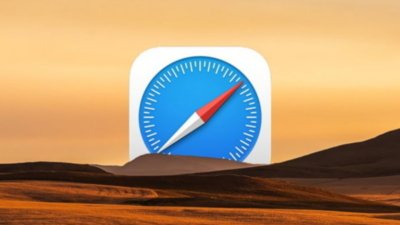Gartner: Apple's iOS lost smartphone share to Android in Q3 2011
Sales of 17.3 million iPhones to end users in the third quarter of 2011 garnered iOS a 15 percent market share, making Apple's smartphone platform the third-largest worldwide. But that percentage was down from the third quarter of 2010, when Gartner says iOS represented 16.6 percent of smartphones sold.
Apple's apparent 1.6 percent loss came at the hands of Android, which saw huge year over year growth. Google's mobile operating system was estimated to power 60.5 million units sold in the third quarter of 2011, good for 52.5 percent of all smartphones sold in the three-month period.
That was well up from the 20.5 million Android-powered smartphones sold in the third quarter of 2011, according to Gartner, when the platform accounted for a 25.3 percent market share.
In fact, Android's growth was so explosive that nearly every other smartphone maker saw market share losses, even though companies like Apple saw a significant year over year increase in actual units sold. Nokia's Symbian remained the No. 2 worldwide smartphone platform in the third quarter of 2011, but its 16.9 percent share was down significantly from the market-leading 36.3 percent it held during the same period in 2010.
Research in Motion also saw its platform fall from 15.4 percent share in 2010 to 11 percent in 2011, while Microsoft dropped from 2.7 percent a year ago to 1.5 percent in the third quarter of 2011. Only Samsung's Bada platform saw year over year growth, going from 1.1 percent in 2010 to 2.2 percent in 2011.
"Android benefited from more mass-market offerings, a weaker competitive environment and the lack of exciting new products on alternative operating systems such as Windows Phone 7 and RIM," said Roberta Cozza, principal research analyst at Gartner. "Apple's iOS market share suffered from delayed purchases as consumers waited for the new iPhone. Continued pressure is impacting RIM's performance, and its smartphone share reached its lowest point so far in the U.S. market, where it dropped to 10 percent."
Of course, market share only tells part of the story, as Apple has been consistently shown to dominate profits in the mobile industry. One study from earlier this month found that with just 4 percent share of the total mobile phone market, Apple's iPhone rakes in 52 percent of total mobile profits.
 Katie Marsal
Katie Marsal











 William Gallagher
William Gallagher
 Chip Loder
Chip Loder
 Wesley Hilliard
Wesley Hilliard
 Malcolm Owen
Malcolm Owen











